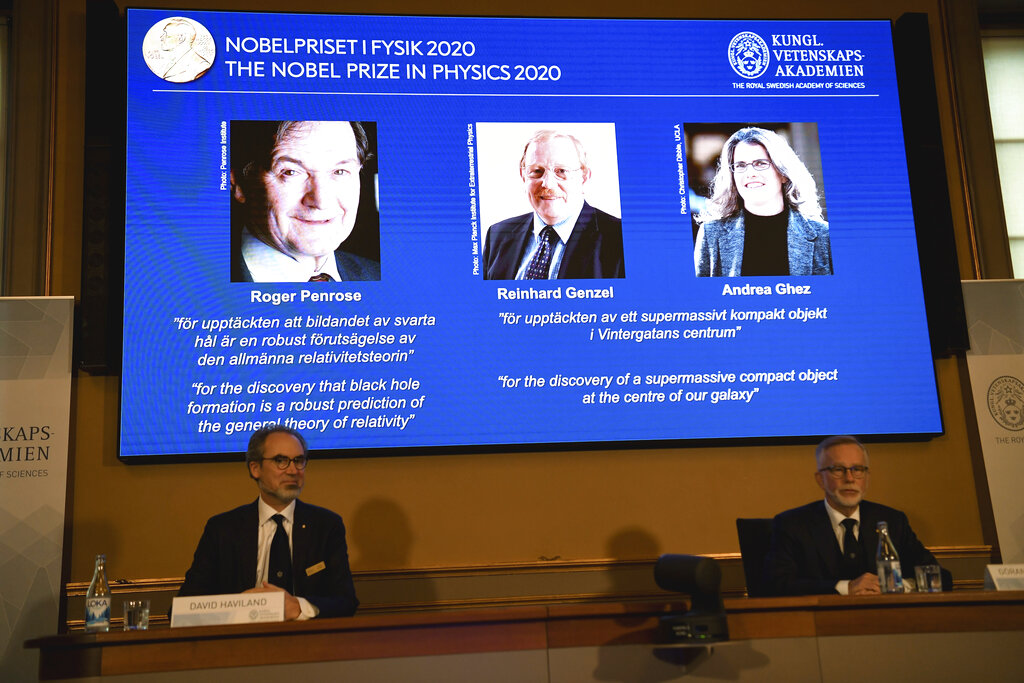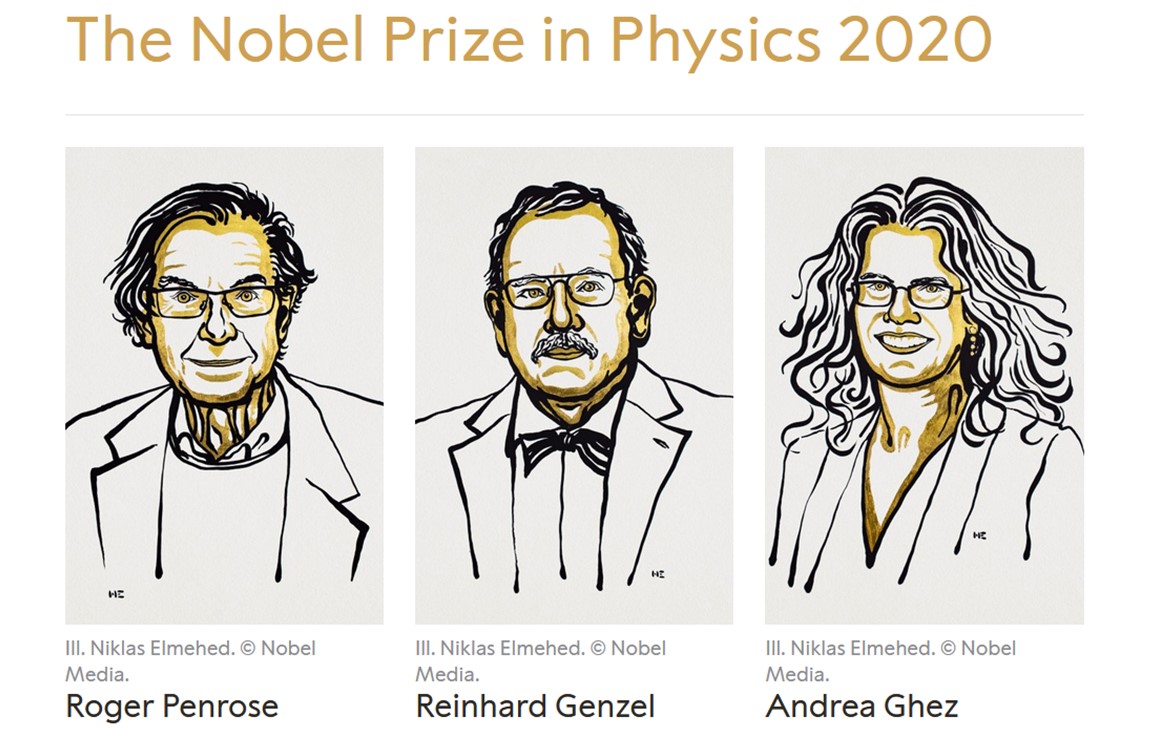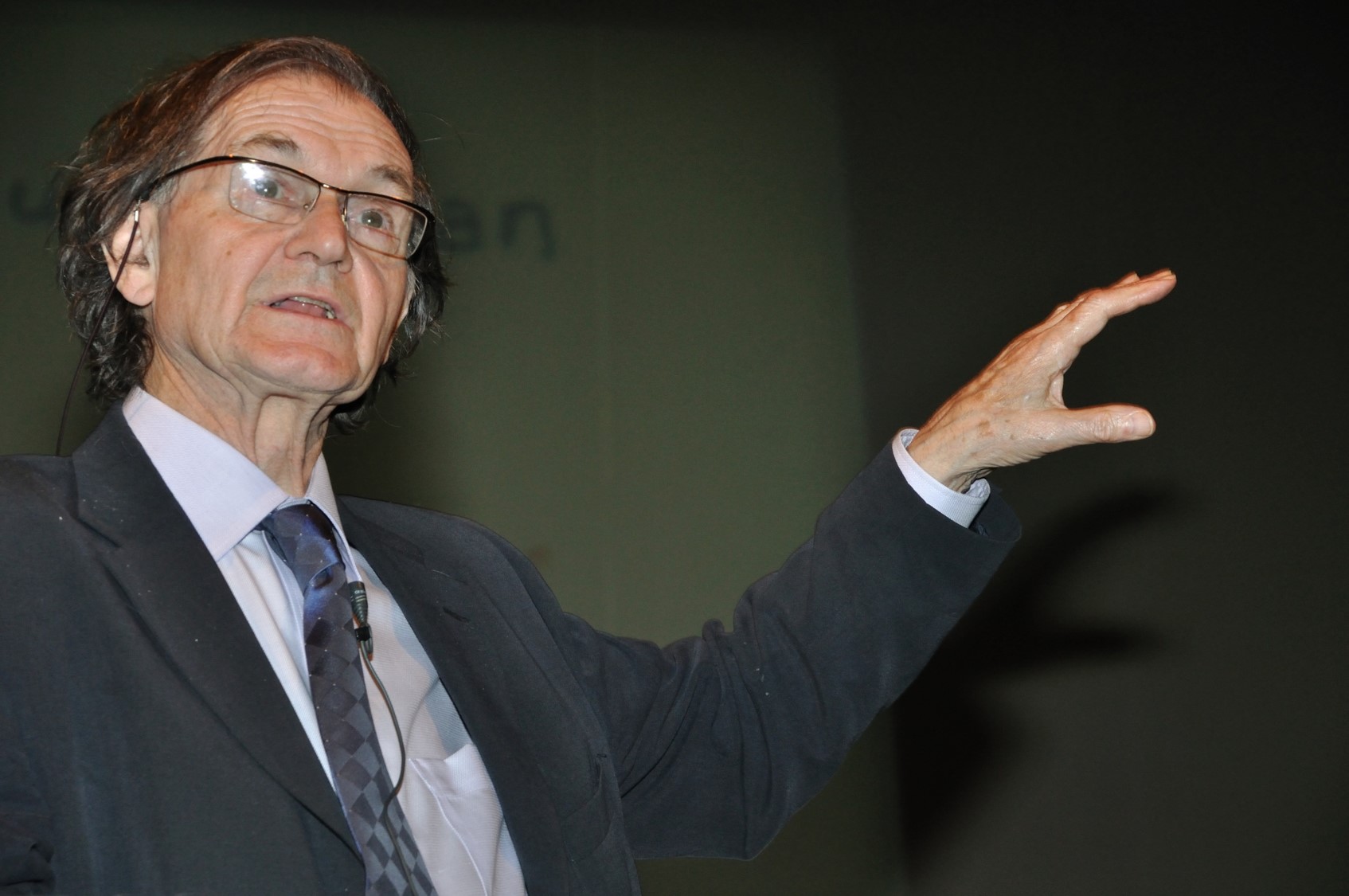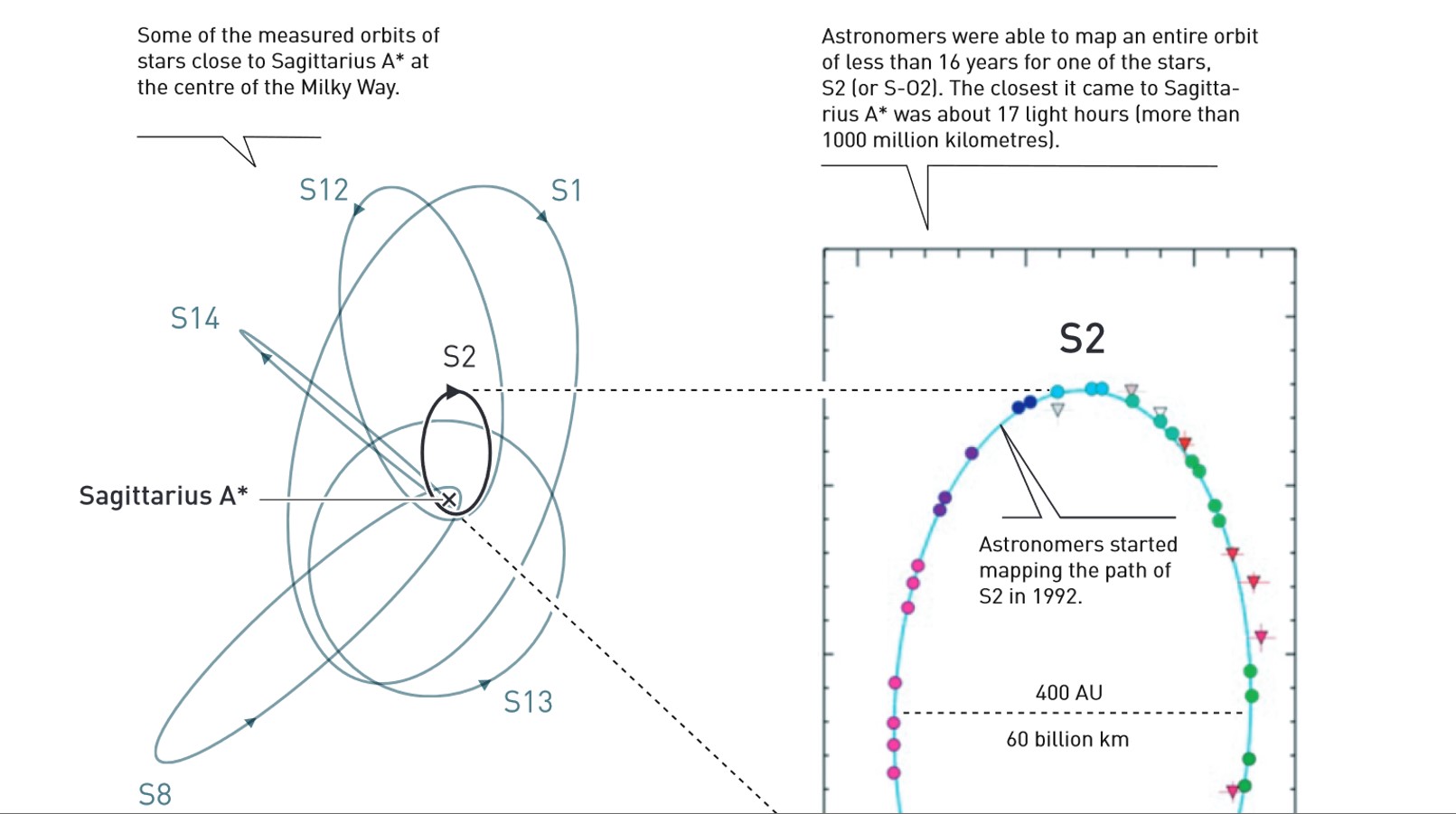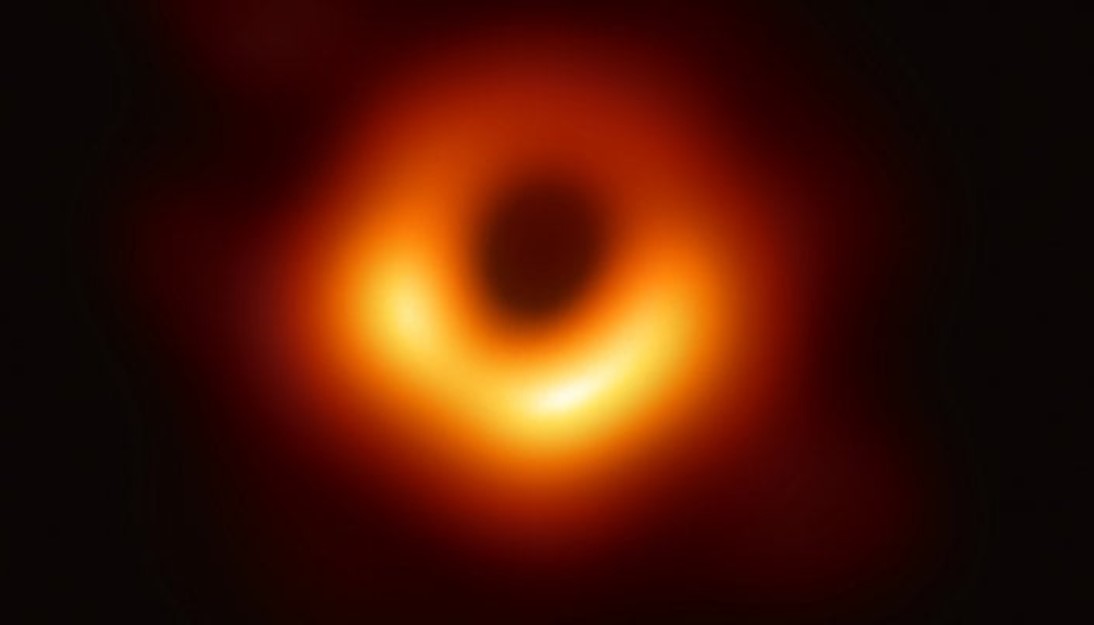Il Nobel dei buchi neri
Era atteso già per l’anno scorso, quando per la prima volta ne venne fotografato uno. O meglio venne fotografato l’alone di luce (a forma di ciambella) che splende nello spazio mentre la materia stellare incandescente cade risucchiata nel buco nero al centro della galassia M87.
Il premio Nobel per la fisica 2020 è andato quest’anno prima di tutto al famoso scienziato britannico, Roger Penrose, 89 anni, che nel lontano 1965 dimostrò matematicamente che i buchi neri “devono” per forza esistere, in conseguenza della teoria della Relatività generale di Albert Einstein.
Insieme a lui sono stati premiati il tedesco Reinhard Genzel e la statunitense Andrea Ghez, per aver evidenziato che anche al centro della nostra galassia, la via Lattea, c’è un gigantesco buco nero, Sagittarius A*, con una massa pari a quattro milioni di volte quella del Sole. Decine di stelle ruotano intorno a questo “mostro” celeste, in attesa di caderci dentro.
